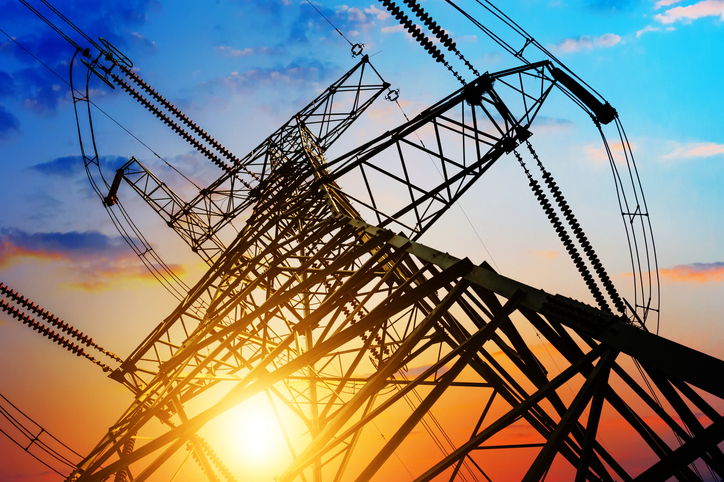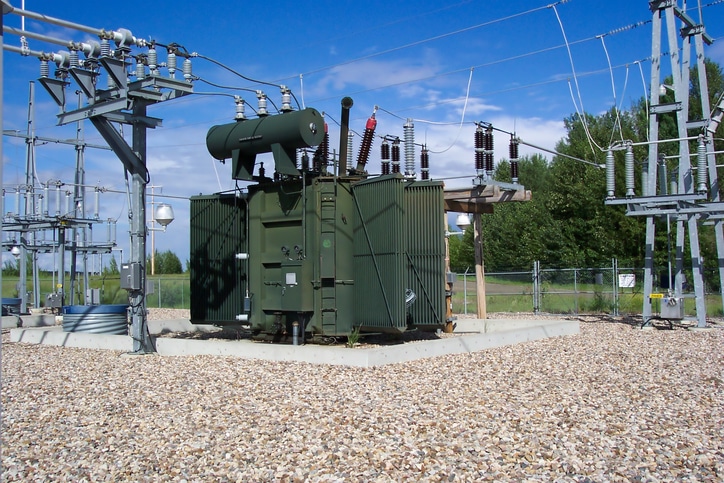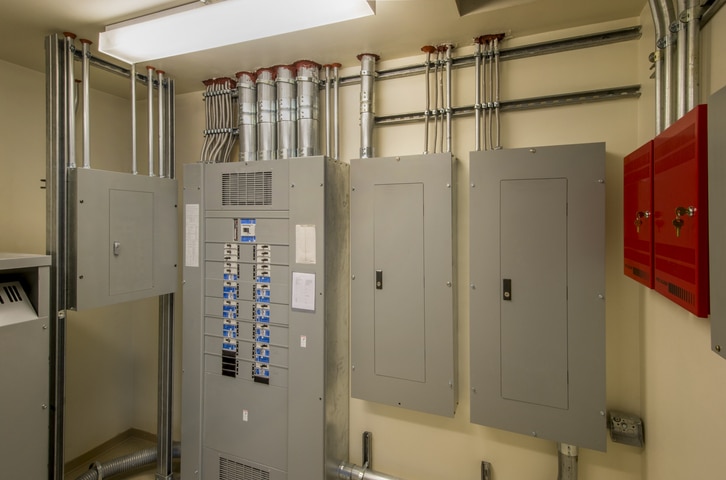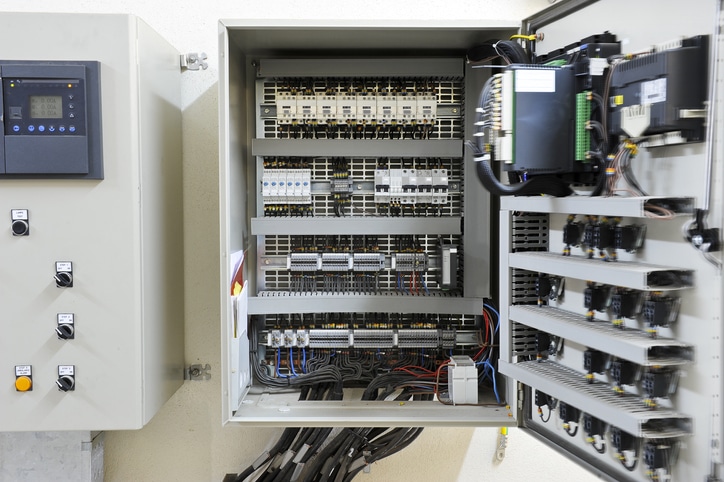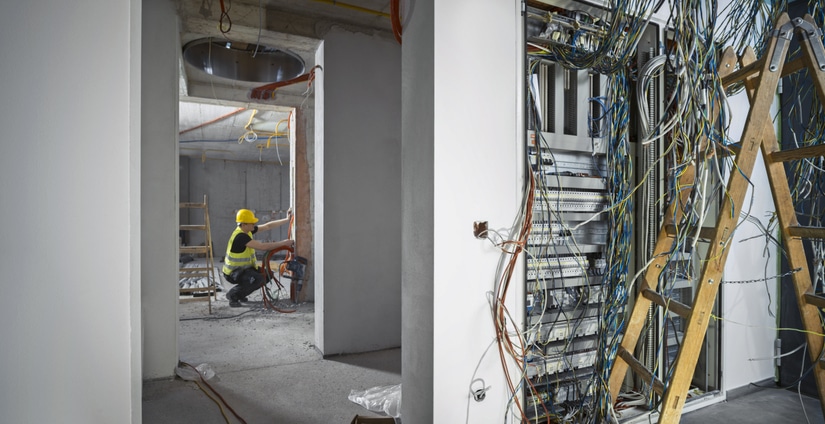
Frequent bulb burnouts can indicate a fire hazard brewing in your factory and can be a sign of poor connections, electric surges, transformer issues, or more.
Frequent bulb burnouts can indicate a fire hazard brewing in your factory and can be a sign of poor connections, electric surges, transformer issues, or more.
When electrical contractors work with hospitals, this presents a unique set of challenges and demands. Healthcare projects require exceptional lighting and have very heavy machinery loads that would burn out an ordinary circuit within a heartbeat.
For those of you who travel a lot or have ever spent time near transmission towers and electrical systems, you may have seen that luminous ‘glow’ on the lines. This is known as the corona effect, and electrical contractors need to be particularly careful about this discharge.
Let’s take a closer look at four essential elements that your electrical contractor must have to ensure that your project is successful, completed on time, and cost-effective.
Transformers are one of the most important inventions in the world, and quite literally transformed how electricity is transmitted, used, and how we can handle it safely.
Every electrical system relies on the main and/or sub-panel to give users control over the circuits and system in general. And it’s a good idea for any in-house maintenance personnel and for the property owners to understand how the panels work and the outline and flow of the circuit itself.
Substantial completion means that a project or portion of a project has reached a level of completion that is fit for its intended use.
Let’s take a closer look at why contractors and businesses providing electrical services need to ground electrical systems.
When it comes to electrical projects for industrial buildings, there is no room for error.
Load Flow Analysis is a method used by electrical contractors to detect issues in power systems, commercial networks, and grids.

